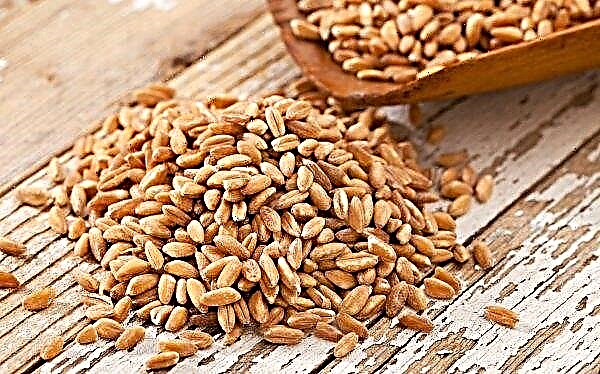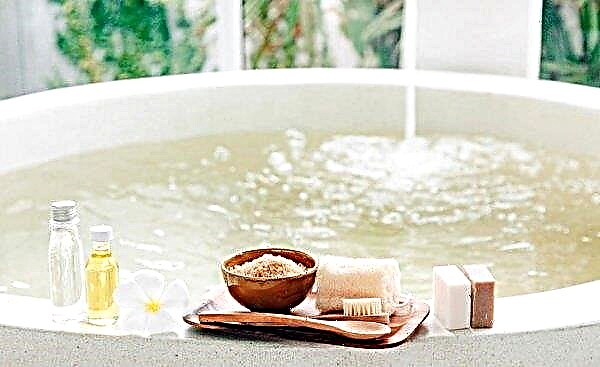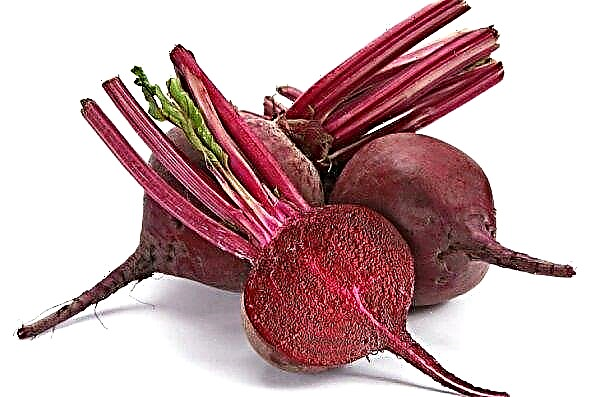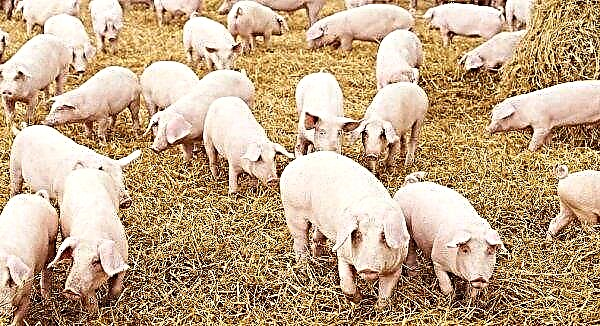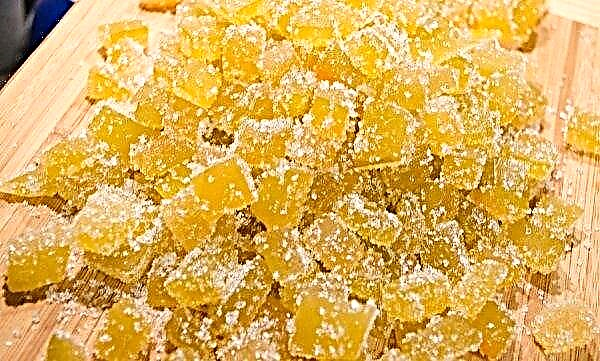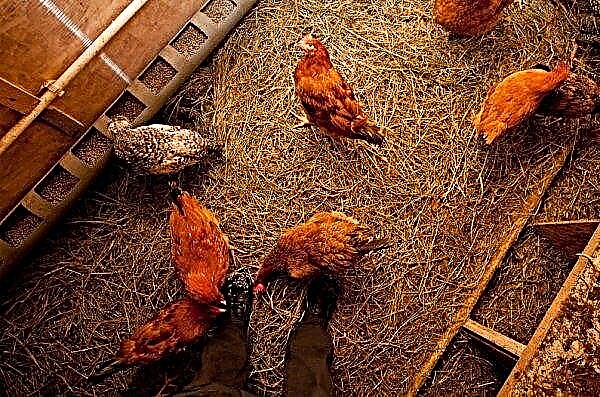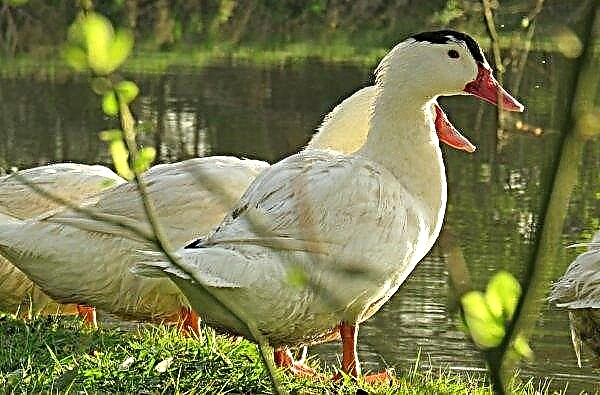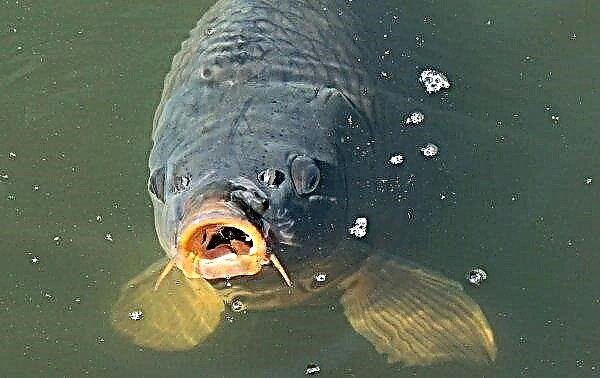Honey is one of the most useful products that strengthen the human immune system. It is very often used as a cure for colds. But not everyone knows how to purchase a natural and high-quality product. What signs has real nectar, and which are fake - we will consider in the review.
Signs of quality honey
The first and main criteria by which the quality of honey can be determined are the color, smell, taste and texture of the product. A good knowledge of what they should be will help the buyer make the right choice, avoiding fraud.
Important! The darker the honey, the more useful it is, because it contains more mineral and other substances, although light varieties are more popular.
Colour
Depending on which plant was collected by bees pollen, the color of honey may change. It has a lot of shades, starting with colorless and ending with dark brown:
| Colour | View |
| White, colorless | Acacia, lime, fireweed, field, cotton |
| Amber, cream | Mustard, flower, mountain, May, forbs |
| Yellow | Clover, sunflower, pumpkin |
| Brown, brown | Buckwheat, heather, chestnut, mortar, angelica, pine, burdock |

Smell
Another factor determining the quality and variety of honey is its aroma, which has a diverse range and depends on which flower or tree pollen was collected:
| Smell | View |
| Floral | Meadow, flower, May, sainfoin, forbs |
| Thin, delicate | Acacia, lime, clover, angelica, clover |
| Specific | Chestnut, fireweed |
| Spicy | Buckwheat, Coriander |

Taste
The next criterion that determines the quality and naturalness of nectar is its taste. It can be sweet, tart, with bitterness, etc. And each species will have its own food note, which determines which plant the product was collected from:
| Taste | View |
| Pleasant, spicy | Meadow, buckwheat, linden, snakehead, raspberry |
| Tart | Euphorbiaceae, chestnut, sunflower |
| Sugary sweet | Clover, barberry, blackberry |
| Bitter | Angelica, rapeseed, euphorbia, cornflower blue |
Did you know? Experts do not recommend adding honey to hot tea, which at a temperature of more than + 50 ° C loses all its useful properties.
Consistency
The consistency of honey is a very important sign indicating whether the product is natural or fake. Indeed, the density (its change by crystallization) directly depends on whether it was made: natural or artificial:
| Consistency | View |
| Oily | Cotton Mustard |
| Crystallizes quickly | Linden, sunflower, mountain, alfalfa |
| Crystallizes slowly | Chestnut, heather |
| Viscous, thick | Angelica, cypress, burdock |
The main signs of a fake honey
To distinguish a natural product from a fake one, you need to pay attention to the main criteria that determine its quality. These include: smell, color, taste, texture, which are strikingly different from the original surrogate.

Peculiar, foreign odor or lack thereof
Natural honey should smell like flowers and fragrance. The fake has no smell at all, or it is sharp, sour, it can give caramel.
Important! The real honey product has a viscous, thick structure, flows down a continuous tape, forming a tubercle. Fake - drips in drops and splashes on the surface or spreads very quickly.
Color not appropriate for honey
To determine the right kind of nectar, you need to be properly aware of its color scheme, for example, light yellow is made from flower pollen, amber is made from linden, brown is made from buckwheat, colorless is made from ash, etc. The presence of any unnatural shades says that it can be a quality falsification, which should be avoided.
Video: How to distinguish natural from fake honey
The presence of impurities
Quite often, honey is found on sale with foreign impurities present in it. This product contains particles of pollen, polga, wax and propolis. Everything else is a fake, which can be checked using improvised means. For example:
- the presence of starch is determined by dripping several drops of iodine into the nectar diluted with warm water: if the mixture turns blue, then there is starch;
- if you drop a couple of drops of honey on a napkin and a wet spot forms around them, then water is added there;
- if you dilute the pad with water, drop a little vinegar there and the mixture hiss, then there is chalk;
- spread a piece of stale bread with honey and leave for 10-15 minutes: if the bread softens, then the product was diluted with sugar syrup;
- real nectar in water is completely dissolved, and falsified one has foreign impurities.
Taste (aftertaste, aftertaste) is not “honey”
The real nectar tastes tart, burns the throat a little or gives off bitterness (due to the presence of specific enzymes in it). Surrogate - has a taste of caramel, walnut, chocolate and other additives that are in no way associated with the plant from which the pollen was collected.

Why does honey smell like medicine
Sometimes buyers face another problem: why does nectar smell like medicine? Considering the fact that this product very well absorbs odors not only from the external environment, but also from the hive, one conclusion arises: the chemicals used by the beekeeper to treat bees, to protect the framework from moths, to free the honeycomb from bees, etc. also absorbed by honey. That is why the apiary owner must use the medicine very carefully or minimize its use.
Did you know? Regular consumption of a beekeeping product increases the level of hemoglobin in the blood.
Today on the market there are a large number of different varieties of nectar that can satisfy the taste of any buyer. But when choosing a favorite treat, you need to know well what qualities a natural product has, what signs you must first pay attention not to be deceived and to get a real, tasty and healthy product.


